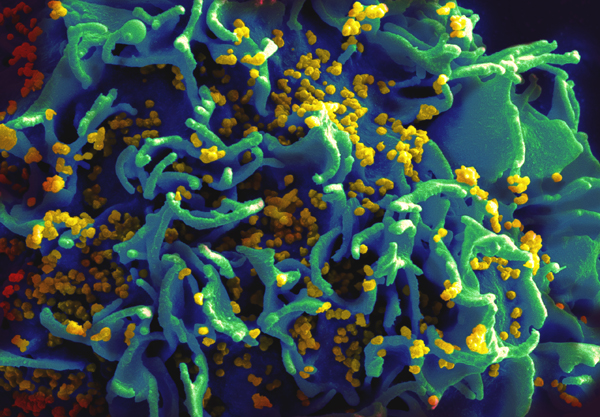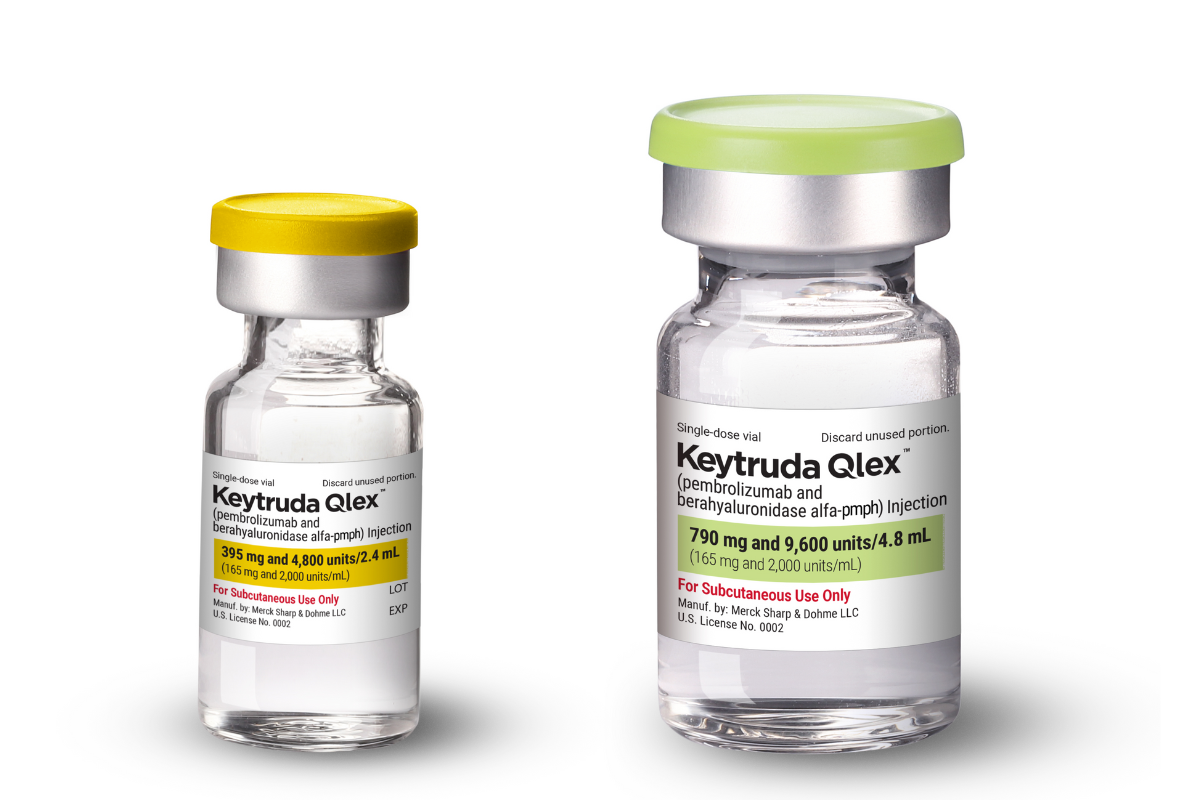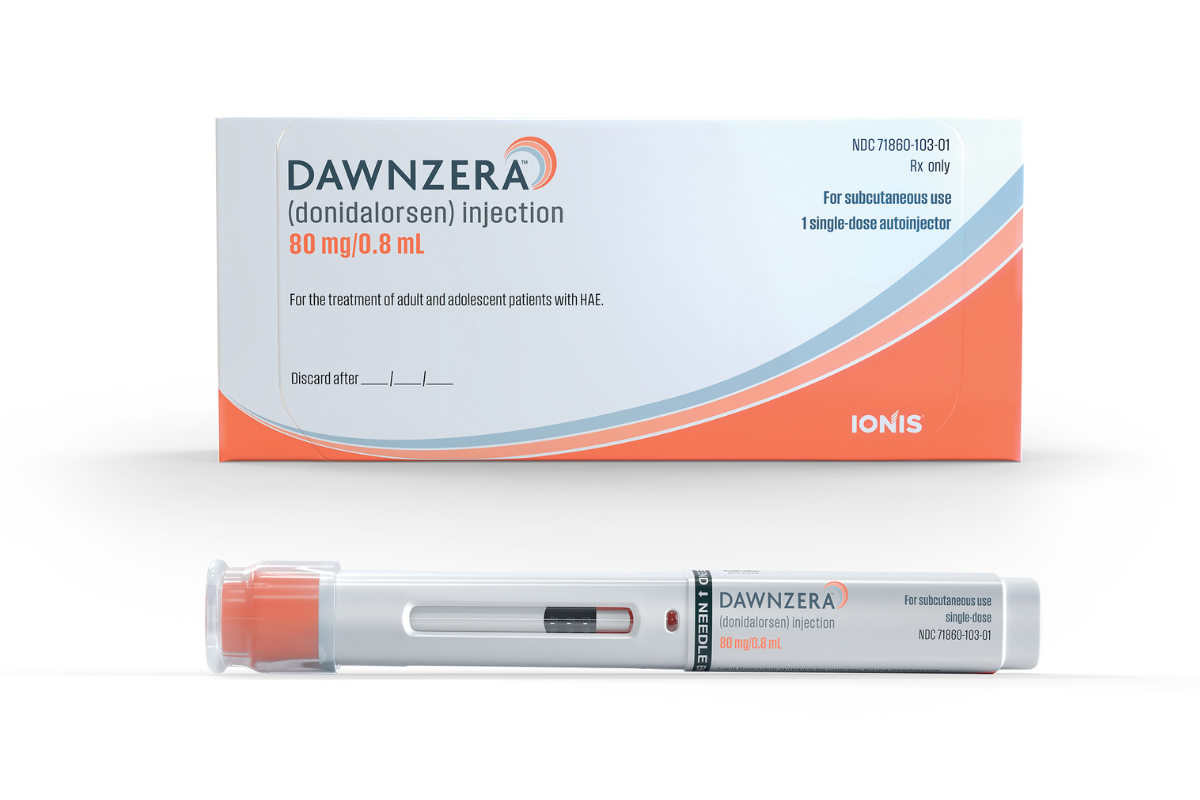According to statistics released by the University of Bristol, in collaboration with the London School of Hygiene & Tropical Medicine, 2.3 million people around the world are co-infected with HIV and hepatitis C virus. The study also found that over half of these individuals – approximately 1.3 million people – are intravenous drug users.
On average, patients with HIV are six times more likely to become infected with hepatitis C, compared those who are HIV-negative, according to the results of the research. This statistic highlights the importance of providing integrated services those infected with both viruses.
“The study shows that not only are people with HIV at much higher risk of HCV infection, groups such as people who inject drugs have extremely high prevalence of HCV infection – over 80 percent,” said Dr. Philippa Easterbrook, a member of the WHO’s Global Hepatitis Programme. “There is a need to scale-up routine testing to diagnose HCV infection in HIV program worldwide, especially among high-risk groups, as the first step towards accessing the new, highly curative HCV treatments.”
HIV and hepatitis C virus infections have many commonalities, including similar modes of transmission and at-risk populations. Thirty-seven million people around the world are HIV-positive, and 115 million people suffer from chronic hepatitis C infection. The current study was the first of its kind to fuller demonstrate the global public health issue of co-infection with HIV and hepatitis C.
“Despite a systematic search of published and unpublished literature, estimates were identified in only 45 percent of countries and the study quality was variable,” said Dr. Lucy Platt, a professor at the London School of Hygiene & Tropical Medicine, and lead author on the study. “Improvement in the surveillance of HCV and HIV is imperative to help define the epidemiology of coinfection and inform appropriate policies for testing, prevention, care and treatment to those in need. This is especially the case in countries with growing populations of people who inject drugs and also in sub-Saharan Africa where the burden of coinfection is large due to high burden of HIV.”
The study – which was sponsored by the World Health Organization (WHO) – was a review of 783 other worldwide medical studies. The WHO plans to use the results of the systematic review to update its guidelines on screening and administration of antiretroviral therapies to those with co-infections.
Intravenous drug users in Eastern Europe and central Asia were found to comprise 27 percent of all cases of concurrent HIV and hepatitis C infection. Nineteen percent of cases were identified in sub-Saharan Africa.
“This study shows how important injecting drug use is in driving the epidemic of HCV in people with HIV infection, especially in eastern European and central Asian countries,” said Professor Peter Vickerman, of the University of Bristol’s School of Social and Community Medicine. “It also shows the need to scale up prevention interventions, such as needle and syringe programs and opioid substitution therapy, as well as access to HIV and HCV treatment, to reduce morbidity and new infections.”












Join or login to leave a comment
JOIN LOGIN